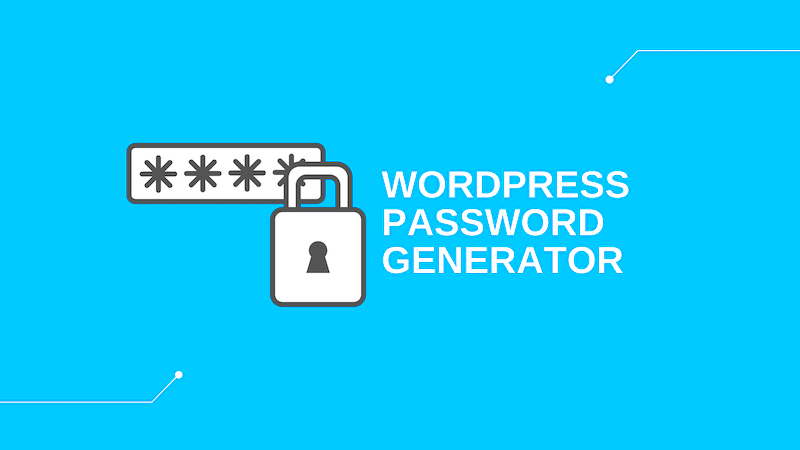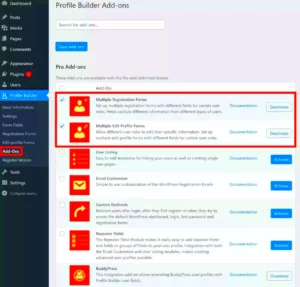In the digital realm, security is paramount, especially for sites built on WordPress. One of the simplest yet most effective ways to bolster your site’s defenses is through strong passwords. You might think, “Isn’t my favorite password good enough?” But let me tell you, it’s not just about personal preferences; it’s about creating a fortress around your data. In this post, we’ll dive into the world of WordPress password security and explore how a password generator can be your best ally. Get ready to secure your site like a pro!
Understanding the Importance of Strong Passwords
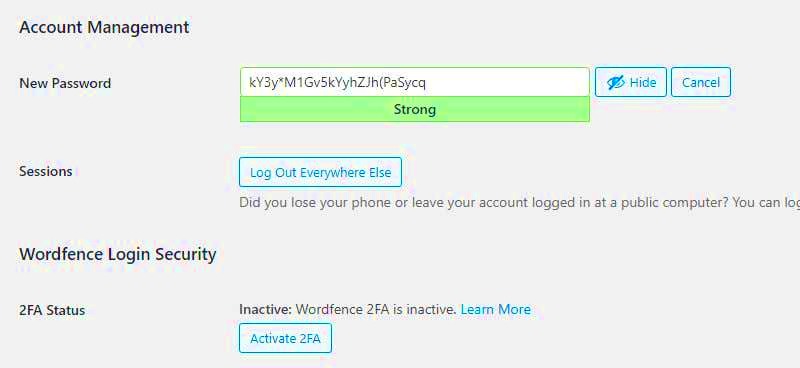
When it comes to cybersecurity, passwords are your first line of defense. So, why are strong passwords so crucial? Let’s break it down:
- Protection Against Unauthorized Access: Weak passwords make it easy for hackers to gain access. Think of your WordPress site as a locked door; a strong password is the sturdy lock keeping intruders at bay.
- Preventing Data Breaches: A single compromised password can lead to vast data leaks, putting your sensitive information and user data at risk. This is especially alarming for e-commerce sites that handle customer data.
- Mitigating Brute Force Attacks: Hackers often use automated tools to guess passwords. A strong password with a mix of letters, numbers, and symbols can thwart these attempts effectively.
- Building Trust with Your Users: A site that prioritizes security fosters user confidence. When visitors see a secure login process, they feel safe to interact and transact.
So, what makes a password strong? Here are some essential elements:
| Element | Description |
|---|---|
| Length | At least 12 characters long. |
| Complexity | A combination of upper and lower case letters, numbers, and special characters. |
| Unpredictability | Avoid using easily guessable information like birthdays or common words. |
In summary, strong passwords are the bedrock of a secure WordPress site. By understanding their significance and implementing best practices, you can ensure your online space remains secure and unyielding against threats.
What is a WordPress Password Generator?
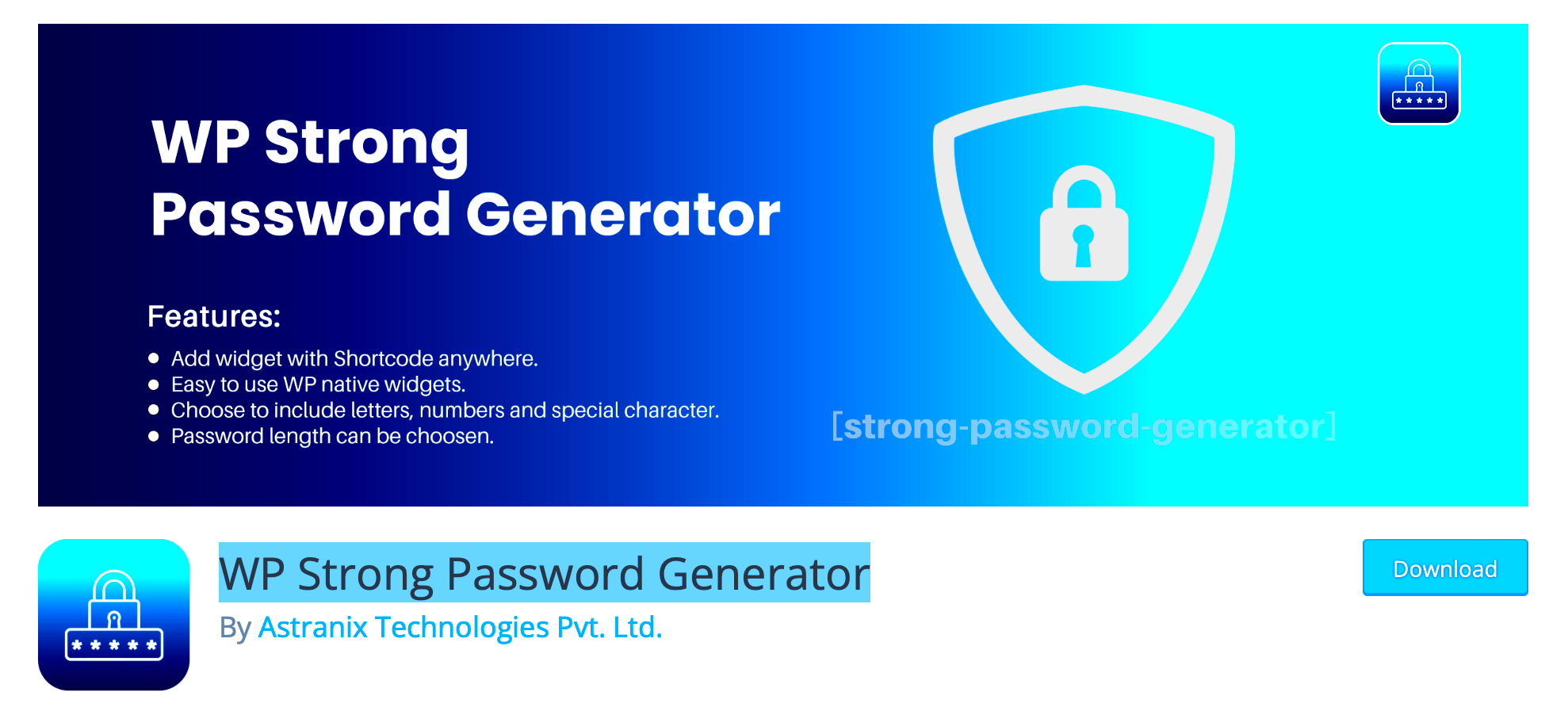
A WordPress Password Generator is a handy tool designed to create strong, unique passwords for your WordPress site. In today’s digital age, security is more critical than ever, and using a robust password is the first line of defense against unauthorized access. While the default username “admin” is often targeted, a weak password can easily breach even the best security measures.
So, what exactly makes a password strong? A secure password should include a mix of the following elements:
- At least 12 characters long.
- A combination of uppercase and lowercase letters.
- Inclusion of numbers.
- Special characters (like @, #, $, %).
- A random sequence that doesn’t relate to personal information.
Using a password generator takes the guesswork out of creating secure passwords. The generator typically provides options to customize the length and composition of the password, ensuring you can meet your specific security needs. By using a password that is virtually impossible to guess, you minimize the risk of hacking and unauthorized access to your site.
Many WordPress installations come with built-in password generators that create strong passwords when you set up a new user or when you change existing passwords. This makes it easy for even the most tech-averse users to enhance their site’s security.
How to Use the WordPress Password Generator
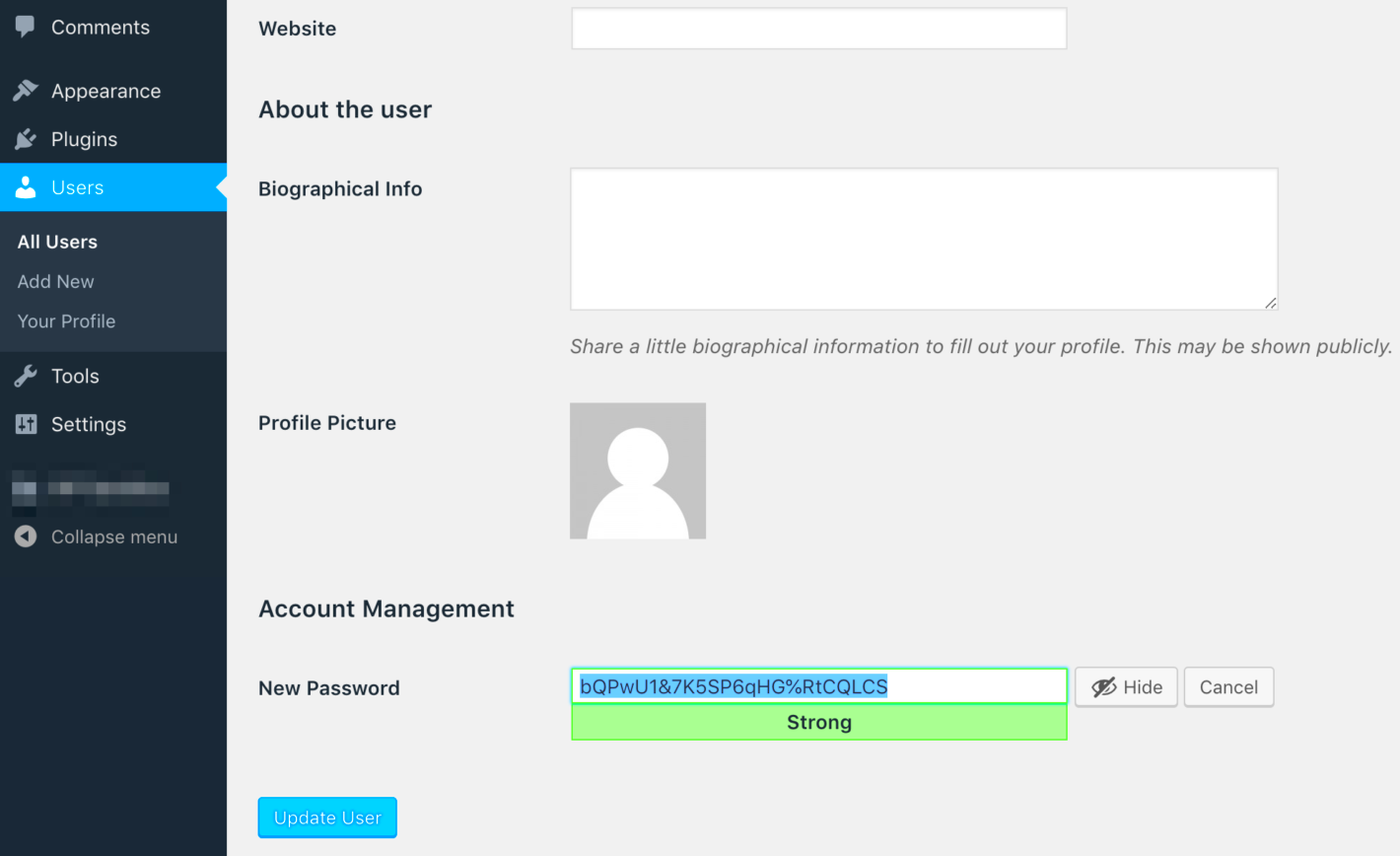
Using the WordPress Password Generator is straightforward and user-friendly, even for those who may not be tech-savvy. Here’s a step-by-step guide to help you navigate the process:
- Login to Your WordPress Dashboard: Start by logging into your WordPress site. You’ll typically access this by going to
yourwebsite.com/wp-admin. - Navigate to User Settings: Click on “Users” in the sidebar menu, then select “Add New” to create a new user or “All Users” to modify an existing one.
- Locate the Password Field: You should see an option to create or change a password.
- Use the Password Generator: Next to the password field, you’ll find a link that says “Generate Password.” Click it!
- Copy and Save: The generated password will pop up, often in a secure format. Make sure to copy it and store it in a secure location if you don’t want to forget it!
- Finalize Changes: If you’re creating a new user, fill out any other required information and click the “Add New User” button. For existing users, ensure to save any changes you made.
And that’s it! You’ve successfully created a strong password using the WordPress Password Generator. Remember, it’s a good idea to regularly update your passwords and maintain a secure backup method, such as a password manager.
5. Features of a Good Password Generator
When it comes to online security, a reliable password generator can be a game-changer. But not all password generators are created equal. Here are some key features that make a password generator stand out:
- Randomness: A good password generator should create passwords that are at least 80% random. This means using a mix of uppercase letters, lowercase letters, numbers, and special characters to make the password hard to guess or crack.
- Customizability: Users should have the option to customize the length and complexity of their passwords. For instance, some users may prefer a longer password for better security, while others might need something simpler for easier recall.
- Exclude Ambiguous Characters: A feature that allows the exclusion of similar-looking characters (like ‘l’ and ‘1’, or ‘O’ and ‘0’) can help avoid confusion, especially for those who might jot down their passwords.
- Multiple Password Options: Rather than generating just one password, the tool should offer multiple suggestions at once. This provides users with a choice and can help them find the perfect fit.
- Security Integration: Some advanced password generators integrate directly with security tools or password managers, making it easy to save and manage your passwords without compromising security.
Choosing a password generator with these features can significantly enhance your online safety, making your accounts less vulnerable to cyber threats. Remember, a strong password is your first line of defense!
6. Best Practices for Managing Your Passwords
Password management isn’t just about generating strong passwords; it’s also about how you handle them. Here are some best practices for managing your passwords effectively:
- Use a Password Manager: Investing in a password manager makes life a lot easier. These tools can securely store, generate, and fill in your passwords for you, minimizing the risks of using weak or repeated passwords.
- Enable Two-Factor Authentication (2FA): Wherever possible, enable 2FA. This adds an extra layer of security, requiring a second form of verification, like a text message or email, alongside your password.
- Regularly Update Your Passwords: Consider changing your passwords every few months, or immediately if you suspect any security breach. Regular updates reduce the risk that your password may be compromised.
- Be Cautious with Shared Access: If you need to share passwords, consider using password-sharing features in password managers rather than sharing them via email or text. This keeps your information more secure.
- Avoid Password Reuse: Reusing passwords across different sites significantly increases the risk of account theft. Always use a unique password for each account to mitigate this risk.
By following these best practices, you’ll not only enhance your online security but also make managing your passwords a more streamlined process. After all, when it comes to online safety, a little effort goes a long way!
7. Additional Tools for WordPress Security
When it comes to securing your WordPress site, relying solely on a strong password is just the tip of the iceberg. There are numerous additional tools and plugins available that can bolster your site’s defenses, making it much harder for intruders to compromise your content and data. Let’s explore some of the top options you might want to consider:
- WordFence: This popular security plugin offers a range of features, including a firewall, malware scanner, and login attempt tracking. It’s like having a personal security guard for your website!
- Sucuri Security: Another highly regarded security platform, Sucuri provides comprehensive monitoring, auditing, and malware removal services, ensuring that your site remains clean and secure.
- iThemes Security: This plugin focuses on securing your WordPress site and includes features like two-factor authentication, file change detection, and strong password enforcement.
- Jetpack Security: Known for its performance enhancements, Jetpack also comes packed with robust security measures, including brute force attack prevention and downtime monitoring.
- All In One WP Security & Firewall: A comprehensive plugin that is easy to use, it offers various security implementations tailored to your skill level, making it accessible for all users.
In addition to these tools, consider enabling HTTPS for your site by obtaining an SSL certificate. This adds an extra layer of protection by encrypting the data exchanged between your visitors and your server, further enhancing your site’s security. Finding the right combination of tools will make it much tougher for hackers to breach your WordPress fortress!
8. Conclusion: Enhancing Your Site’s Security with Strong Passwords
In today’s digital age, strong passwords are your first line of defense against cyber threats targeting your WordPress site. We’ve discussed the significance of using a robust password generated by reliable tools, but remember, it doesn’t stop there. Enhanced security is an ongoing process that requires diligence and utilizing various resources available to you.
To summarize, here are key takeaways for enhancing your WordPress site’s security:
- Use Unique and Complex Passwords: Avoid using easily guessable passwords. Special characters, numbers, and a mix of uppercase and lowercase letters can fortify your passwords.
- Regularly Update Your Passwords: Change your passwords periodically and avoid using the same password across multiple sites.
- Leverage Security Plugins: Consider using the various WordPress security tools mentioned above to protect your site further.
- Enable Two-Factor Authentication: Adding an extra verification step makes it much harder for unauthorized users to gain access.
By prioritizing security and consistently utilizing strong, unique passwords along with additional security measures, you can safeguard your WordPress site from potential threats. Remember, your website’s safety is essential not only for protecting your business but also for maintaining the trust of your visitors. Stay informed, stay secure!

